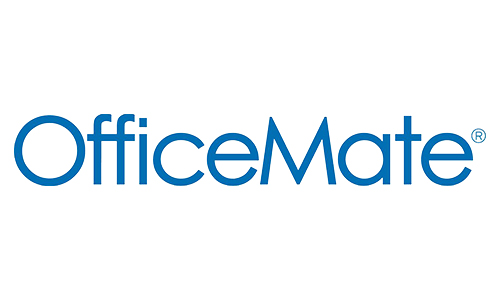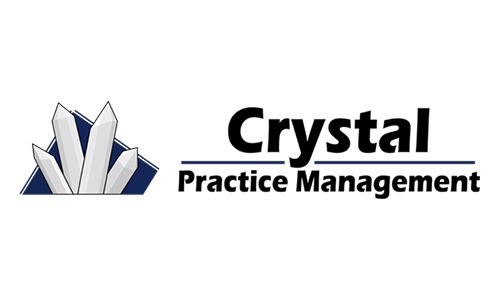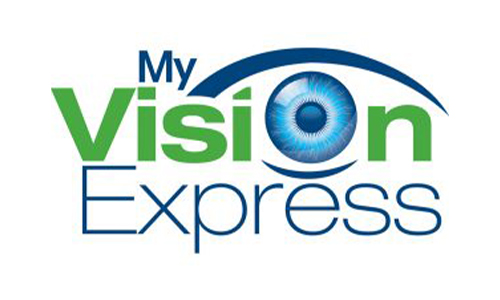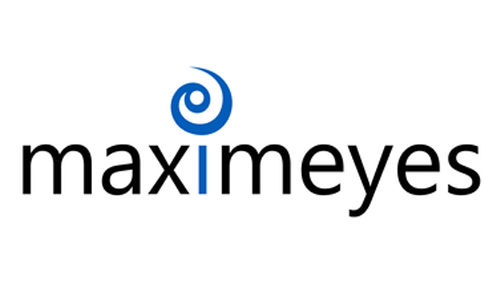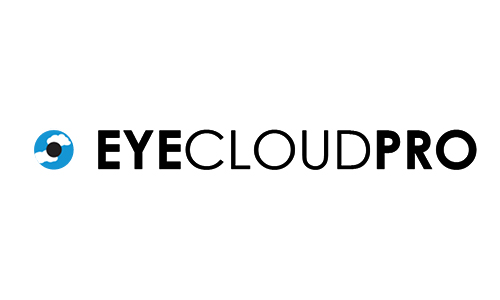credentialing a new doctor
By Christine Schneider, VP of Operations
Credentialing Seems Simple
But even practices that pride themselves in being on top of credentialing can find themselves floundering with one small oversight. One area practices often get tangled up in is credentialing a new doctor who recently graduated.
Take, for example, an established community optometry practice in Kansas that signed on a new associate—a recent optometry grad. Since the doctor was a new grad, the office assumed the doctor would not currently be on any of the insurance panels.
They did the next logical and responsible thing by filling out new provider applications for all of the insurances, including Medicaid.
This office followed credentialing best practices. They even did the laborious and disciplined work of following up with Medicaid every three weeks, checking the status of the doctor’s inclusion on the panels. Four months and four follow-up calls later, it seemed their diligence paid off. They received news from the insurance rep that the doctor’s application had been approved and the doctor was linked to all of the practice’s locations. The new doc started seeing patients, including Medicaid patients.
But a month later, the first EOB arrived. It was a shocker. All of the visits that the doctor had billed to Medicaid were denied.
Why did this happen? Because the doctor was previously enrolled with Medicaid as a student under a different location while completing his internship. The doctor’s CAQH and NPPES taxonomy code information that were pulled when the application was processed stated he was still a student. Medicaid had simply added new locations to his current enrollment as a student.
In order for this doctor to bill as a full-service provider, the office needed to fill out a new application and wait another two to three months before it was approved. All of the previous visits that were billed weren’t paid because Medicaid would not backdate their enrollment.
What Could Have Been Done?
Medicaid is notoriously difficult to work with. Like most government agencies, they are understaffed and extremely busy. The reps don’t have time to help, or often they aren’t as invested in the outcome as you are. After what feels like an eternity on hold, when you finally get someone on the line, they tend to push you back to where you started: the website.
Help is rare and hard to find. And answers aren’t clear.
No doubt the practice above experienced the frustrations of working with Medicaid. Medicaid is tricky. But there are a couple of things that the practice could have done to minimize the frustration—and get paid for the rookie optometrist’s services:
- Review and Update CAQH and NPPES.
When a practice onboards and starts credentialing a new doctor, part of the protocol should be having the new doctor review his/her CAQH to make sure it’s current and up to date. The doctor should also look into their NPPES upon graduating and change his/her taxonomy code from “Student” to “Optometrist.” - Call. Call. And Call Again.
Practices should also call each insurance provider to see if the doctor was ever enrolled in that plan and ask which application they need to complete to credential the new doctor as a full-service OD. - Wait for the Welcome.
Before a new doctor sees patients, wait for some sort of written confirmation from the insurance provider that would give you an effective date. A welcome letter or the actual contract should state that specific date. You can try to bill or see patients beforehand; however, you run the risk of those not being paid because the effective date was after the date you saw the patient.



